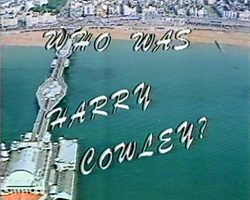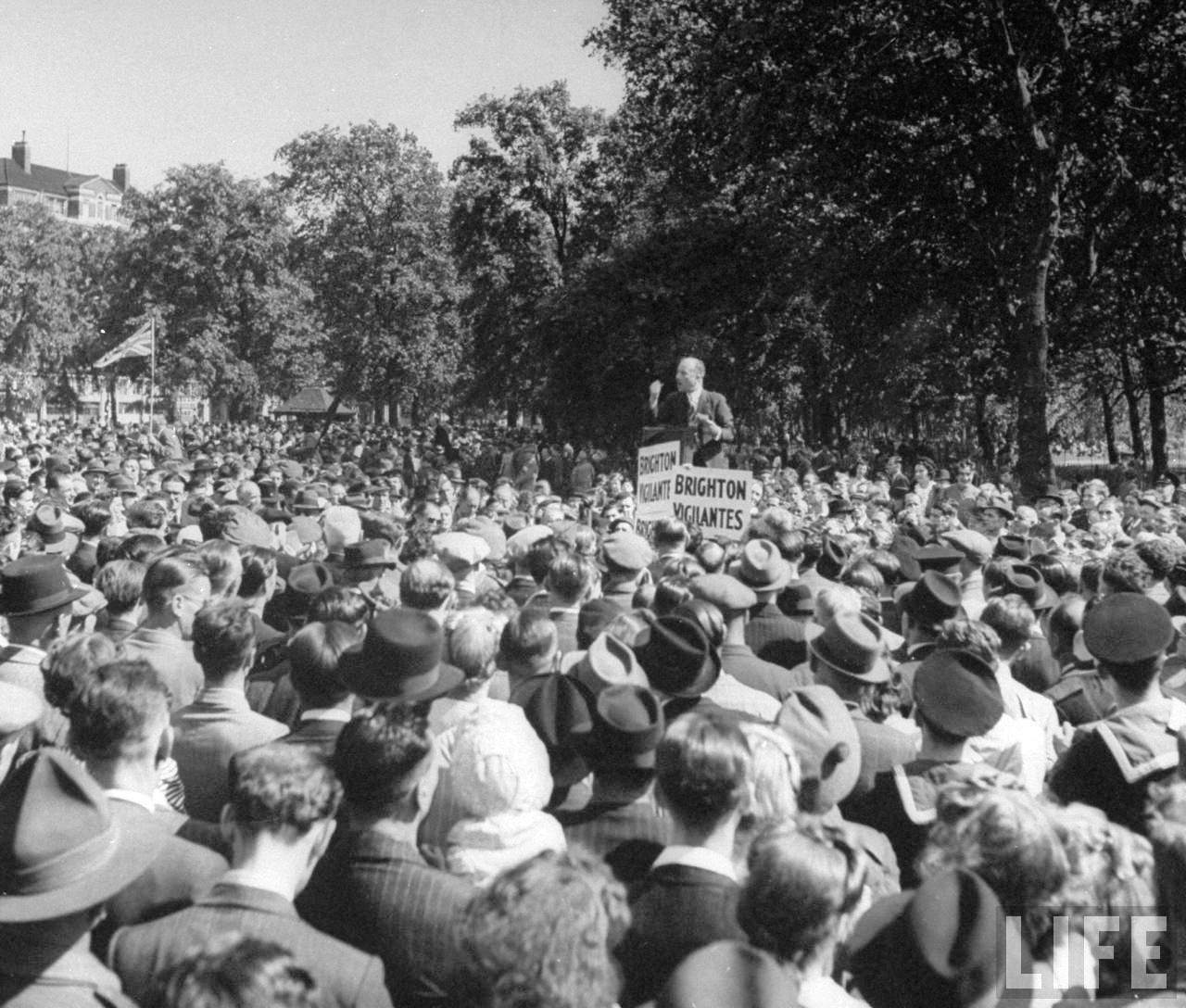
Who was Harry Cowley?
 Harry and Harriet Cowley in 1968 (source: The Argus)
Harry and Harriet Cowley in 1968 (source: The Argus)
 Read the Harry Cowley book (some dated racial language)
Read the Harry Cowley book (some dated racial language)
Local Brighton working class hero Harry Cowley (also known as “The Guv’nor”) was involved in grassroots social activism from the 1920s until his death in the 1970s. He helped organise the unemployed, moved homeless families into squatted buildings after both World Wars and was a key figure in confronting fascism in 1930s Brighton. He also campaigned for cheap food, mobilised pensioners, was involved in running social centres and generally organising whatever was needed to provide practical aid for the poor and disadvantaged of the town. His actions were based in local neighbourhoods and outside political parties. We named the Cowley Club after Harry and his wife Harriet to uphold this tradition of grassroots organising and class solidarity.
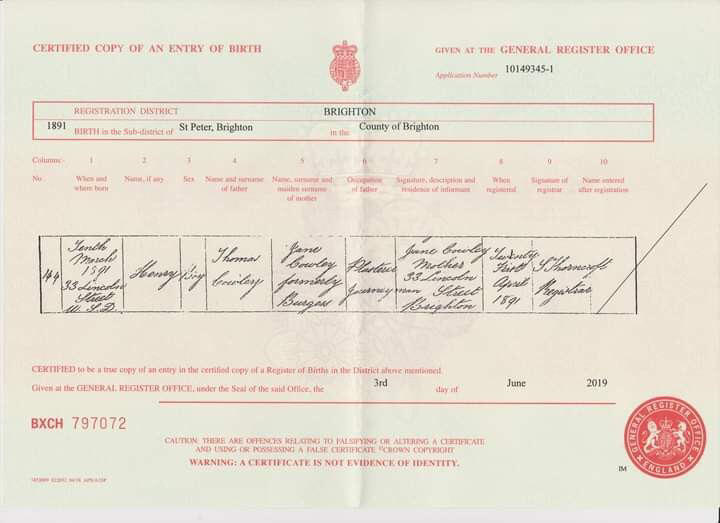 Harry’s birth certificate from 1891 showing him born 10th March at 33 Lincoln Street
Harry’s birth certificate from 1891 showing him born 10th March at 33 Lincoln Street
Harry was born in Lincoln Street in 1891 and mostly worked as a chimney sweep. He got his start in activism after World War I when there was no work or housing for returning servicemen. He organised a march of hundreds of men from the Labour Exchange on Western Road to the Town Hall demanding work. When stopped by a cop en route, Harry denied all knowledge of the huge crowd following him, saying “They’re nothing to do with me – they’re following me about”. The council caved in and provided municipal work for 600 men, but when Harry found out they weren’t being paid union rates he got them all to down tools and go on strike until they got paid the proper rate!
 (source: QueenSpark books)
(source: QueenSpark books)
Mutual Aid
Following this, Harry then helped create the Unemployed Centre in Tichborne Street which supported those without work and served as a campaigning base for the unemployed workers movement. One neighbour of the Cowleys remembered: “Anything you wanted, go to Mr Cowley, he’d help you, if you was in trouble, no matter what trouble.” Harry fundraised to be able to distribute food and clothing to those in need, he organised outings for poor kids, found furniture for old folks moved in slum clearances, stood up to the Board of Guardians to get more money for out of luck families and fundraised for children’s Christmas parties. Today the Unemployed Centre in Tilbury Place and CASE in Hollingdean carry on very similar work, as does the Cowley Club where we have regular benefits advice sessions. In a slightly more angry vein, Harry also broke up the Lord Mayor’s banquet, forcing the mayor to release an unemployed man from jail and with one of the men threatening to “strangle the Board of Governors with my own hands” if the rate of unemployment money was not increased.
Squat the Lot
Harry also initiated a group called The Vigilantes that was active after both World Wars squatting empty buildings for homeless ex-servicemen and their families. He declared: “We shall stick to it until we have commandeered every house that is up for sale in Brighton.” Some of these mass squats housed over 400 families. In the 1920s, with a fake bomb in each hand, he threatened to blow up an estate agent who was planning to evict an elderly lady squatter. Harry got kicked out of the Labour Party in 1945 for the direct action squatting campaign but it was widely copied and spread around the country. Eventually the government was forced to acknowledge the scale of the problem and passed legislation to allow local authorities to requisition unused buildings to house people. Brighton’s DiY Kodak Collective continues this tradition of squatting to house people who need a roof over their head and organisations like Acorn and SolFed are fighting evictions and organising against exploitative landlords and estate agents.
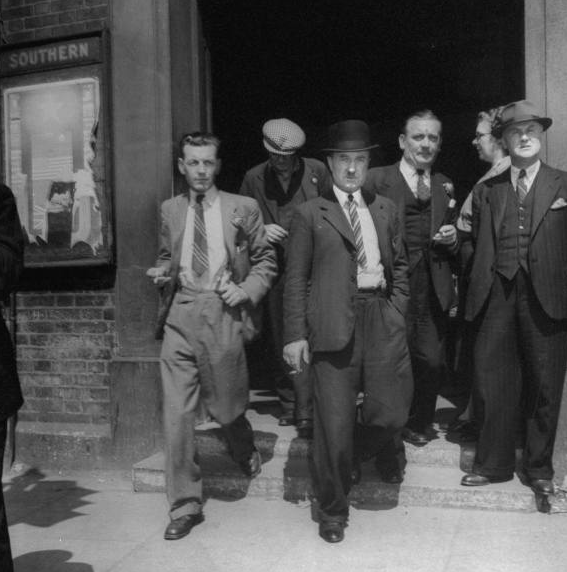 Harry and the Vigilantes in 1945 (source: B&H Independent)
Harry and the Vigilantes in 1945 (source: B&H Independent)
 Harry speaking at a Vigilantes rally in Hyde Park (source: QueenSpark Books)
Harry speaking at a Vigilantes rally in Hyde Park (source: QueenSpark Books)
It should be pointed that as well as working in a laundry, raising three kids, and managing a household, Harriet Cowley also got stuck into the political work. As their daughter Ruby Lucas pointed out: “if it hadn’t been for my mother, my father wouldn’t have got anywhere.” Harriet participated in Vigilante meetings and was one of the main workers at the events for OAPs. Their son Abe Cowley said: “She had to get involved in political activities, she was right behind him, even if he didn’t want her there.”
 Harriet Cowley helping squat a house and get in ready to rehouse a homeless family (source: QueenSpark Books)
Harriet Cowley helping squat a house and get in ready to rehouse a homeless family (source: QueenSpark Books)
Cheaper Food Through Rioting
Many of the unemployed returning soldiers took to selling fruit and veg and other items off carts in impromptu street selling – these “barrow boys” set up markets on derelict bits of ground providing an income for themselves and cheap food for others. They were using a site on Oxford Street off London Road in 1921, until the council decided to evict them. This erupted into a riot on London Road, more or less outside where the Cowley Club is now. Harry jumped up on a soapbox in the middle of the road to address the crowd when he saw two tramloads of cops bearing down on him. He carried on speaking during the fighting that ensued. It is only due to the resistance of these barrow boys that eventually the council conceded and created the Open Market that still exists on London Road providing cheap healthy food to this day. Also currently on London Road, the Cowley Club hosts the Mutual Aid Vegan Foodbank, which provides food and other basic necessities to those in need.
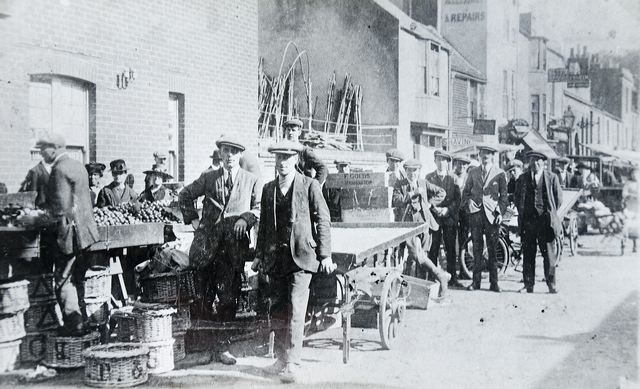 Oxford Street market – before the riot! (source: mybrightonandhove.org.uk)
Oxford Street market – before the riot! (source: mybrightonandhove.org.uk)
Bash the Fash
Harry was also a devoted enemy of the fascists in the 1930s when Mosley’s Blackshirts thought of Brighton as a stronghold. In July 1934 Mosley himself was coming to speak at The Dome. This was the culmination of a local recruiting drive for the fash and there were rumours that Mosley was going to run for MP of Brighton Pavilion. Harry and some other local anti-fascists from the Labour Party, the Unions and the Communist Party got together to ruin the fascists’ big day. Trusted workers climbed up on the roof of the Dome, got inside one of roof lights and placed loudspeakers in the central chandelier. The wires were then run back to Labour activist Lewis Cohen’s nearby office. When Mosley arose to speak, they hooked up a gramophone in the office and drowned out the fascist leader by playing The Red Flag and The Marseillaise. All the Blackshirts went crazy, ripping the place apart, looking for the source of the interruption, but couldn’t find the speaker in the roof. Meanwhile the crowd of anti-fascists outside the Dome in Church St had been steadily growing to thousands. At the end of their rally, 200 fascists tried to march in formation to their office on Gloucester Rd. The police tried to force a way through the crowd for them, but thousands of anti-fascists blocked the way and some heavy fighting ensued. It became progressively harder for the fascists to mobilise openly in Brighton after this point. Today this tradition is upheld by Brighton Anti-Fascists, still keeping Brighton fascist-free.
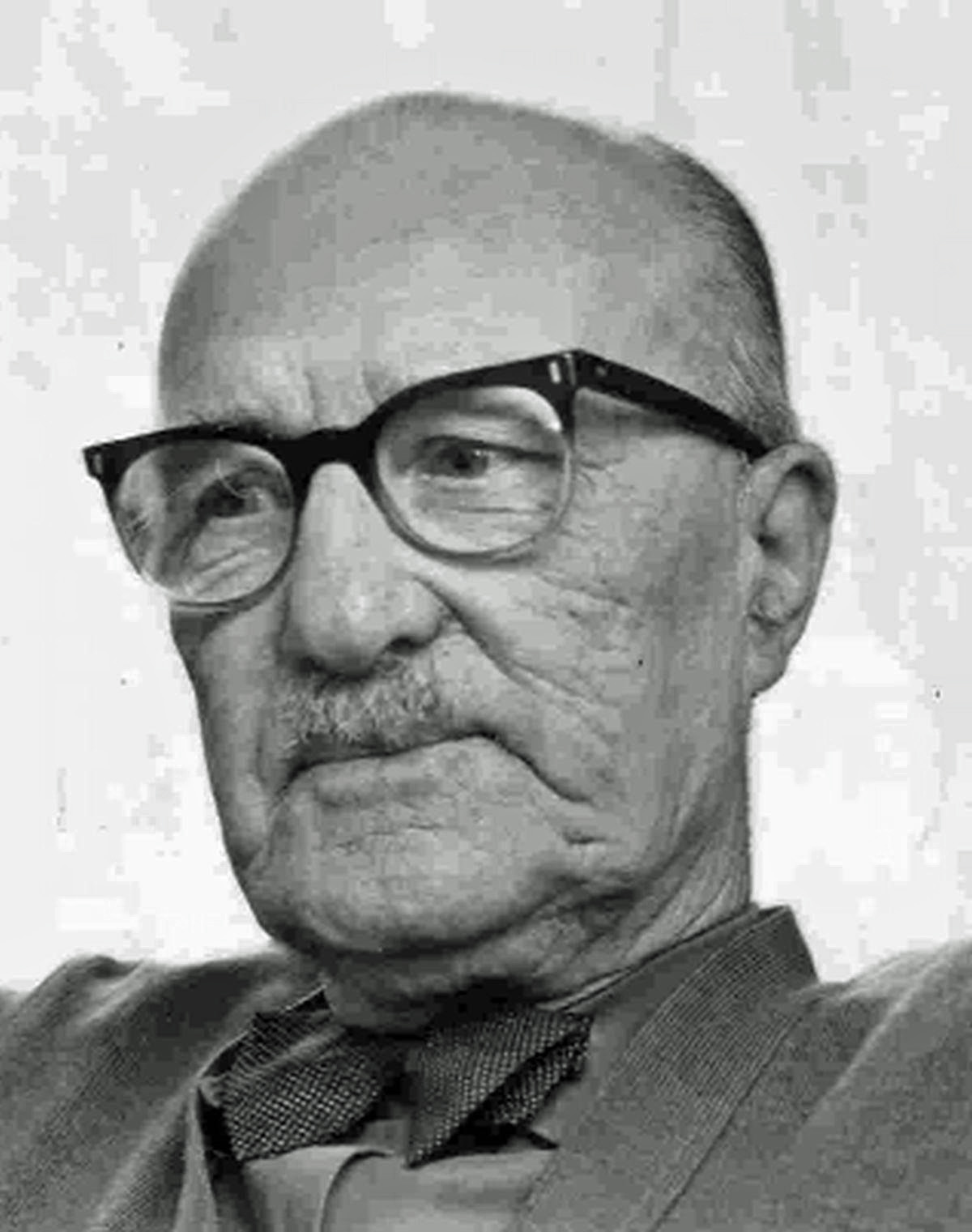 (source: Brighton and Hove Buses)
(source: Brighton and Hove Buses)
“He could not be controlled by rules”
In his later years in the 1950s, Harry took to mobilising pensioners, leading marches for higher pensions, for cheaper bus and train fares and organising help and support for older people. Harry’s militant organising of pensioners got him accused of “communist activities” by other OAP groups! The verdicts of those who remember him seem to agree:
He could not be controlled by rules – he challenged authority and defied it openly
— Stan Fitch
He wasn’t for the people who’d got business or got money … he was for the working class
— Ruby Weston
When Harry Cowley died in 1971 his funeral was held in St Peter’s Church and hundreds of people came to say their farewells as his coffin was carried around central Brighton. He is buried in the cemetery on Lewes Road together with Harriet. In 1984, local history activists associated with QueenSpark Books produced a film called “Who Was Harry Cowley?” with an accompanying book based on interviews with many of Harry’s family and friends. It was reading this book that inspired us to name our social centre after Harry and Harriet Cowley. Eventually after several years work in 2003 we opened the Cowley Club, hoping follow in the footsteps of the Cowleys and carry on their tradition of grassroots direct action, mutual aid and solidarity.
 Harry Cowley’s grave (source: billiongrares.com)
Harry Cowley’s grave (source: billiongrares.com)
More Harry Cowley stuff...
- Walk the downloadable “Unsung Heroes of Brighton” walk, featuring Harry Cowley and the Cowley Club
- Read the original 1984 “Who was Harry Cowley?” book as a free online PDF (Please donate some money to QueenSpark books to say thanks for their brilliant work)
- Check out the Cowley Club library for copies of both the original 1984 book and the updated 2003 version
- Watch the online Harry Cowley film for free
Finally...
None of this would have been possible without…
- The brilliant QueenSpark Books who were behind the 1984 film, the accompanying book, the updated 2003 book and the online guided walk
- There also brilliant ScreenArchive South East who have now made the Harry Cowley film available free online for everyone
Check out their websites and bung them some money!
 (source: Old Police Cells Museum)
(source: Old Police Cells Museum)
